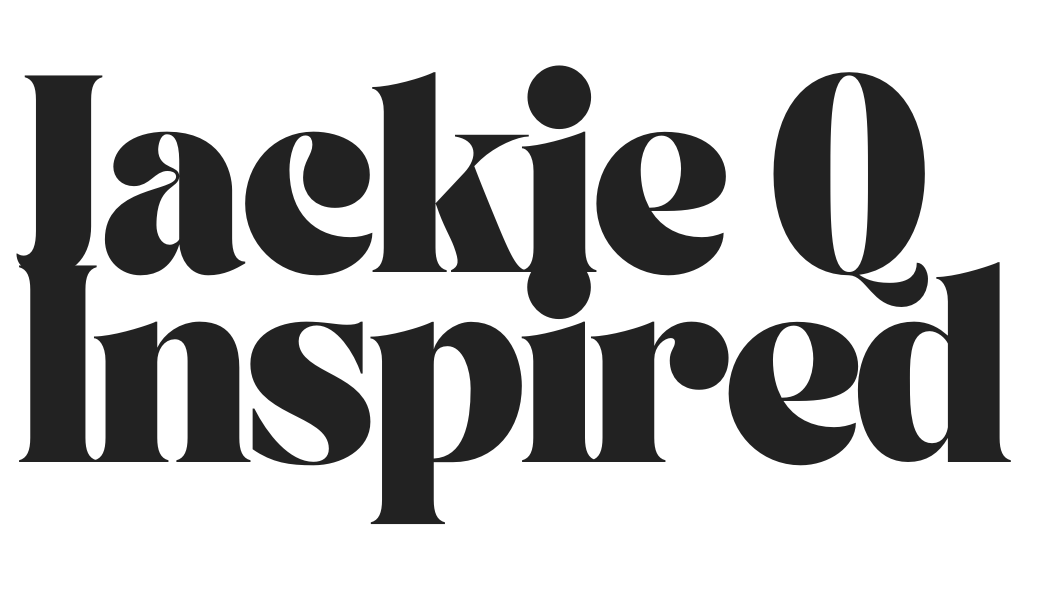Thinking about changing careers? I get it—it’s exciting, nerve-wracking, and…a little overwhelming. One of the biggest hurdles? Updating your resume so that it actually speaks to where you’re headed, not just where you’ve been. If I were pivoting careers, here’s exactly how I’d approach my own resume to make sure I stand out.
Step 1: Find My Personal Brand
I’d start by asking myself: What am I known for? What do people usually rely on me for? Because that’s what makes me me, and that’s what will make my resume stand out.
My personal brand isn’t just my tagline—it’s the thread that runs through my entire resume. Whether it’s a distinct leadership style, a focus on building deep relationships with vendors, or a people-first mentality that makes each client feel at ease, I’d make sure that’s clear from the very first line of my summary. I’d craft my summary to highlight my strengths in a way that makes sense for the new industry I’m stepping into.
Step 2: Write a Strong Profile Summary
Instead of saying, “Experienced professional seeking new opportunities” (because, let’s be honest, that says nothing), I’d make my summary work for me by highlighting my strengths and the value I bring. Something like:
Highly organized and efficiency-driven administrative professional with a gift for streamlining processes and eliminating bottlenecks. With experience in accounting support, office coordination, and event planning, I thrive in dynamic environments where attention to detail and problem-solving are key…
See the difference? It connects where I’ve been to where I want to go. That way, hiring managers can instantly see how I’d fit into the role.
Step 3: Make My Work Experience Tell a Story
I’d comb through my work history, thinking back to my old jobs and pulling out my best transferable skills and relative achievements.
I wouldn’t simply list job duties—I would focus on impact. Instead of saying, “Managed social media accounts”, I’d say:
“Grew social media engagement by 45% in six months with tailored content strategies, and strong analytical testing, increasing brand awareness.”
If I’m transitioning into a new field, I’d highlight transferable skills. For example, if I’m moving from a mid-manager role into corporate management, I’d focus on things like:
✅ Leading and developing teams to drive performance and meet goals
✅ Streamlining processes to improve efficiency and productivity
✅ Collaborating with cross-functional teams to achieve company-wide objectives
This way, my resume isn’t just a history of where I’ve been—it’s a roadmap for where I’m going.
Step 4: Format for Quick Scanning
Hiring managers spend about six seconds scanning a resume before deciding if they want to keep reading. So, I’d make sure my resume is:
✔️ Clean and easy to read. I see a lot of capitalization where there shouldn’t be, and inconsistency with punctuation.
✔️ Fluff-free. I’d make sure what needs to be said isn’t hiding behind unnecessary fluff and buzzwords.
✔️ Strategically sprinkled with keywords from job descriptions.
If my formatting is cluttered or my best skills are buried, I risk getting overlooked—even if I’m perfect for the job.
Step 5: Use My Resume as an Interview Prep Tool
A strong resume doesn’t just get me an interview—it helps me feel ready for one. When my resume truly reflects my skills and achievements, I don’t have to scramble for answers in an interview. I can confidently talk about my experience because I know exactly how I’ve contributed to past roles and how I’ll bring that same energy into my next one.
Final Thoughts
Updating a resume for a career change isn’t just about listing past experience—it’s about telling the right story. If you’re in the middle of a career pivot, take the time to think about your personal brand, highlight the right skills, and format your resume in a way that makes it easy for hiring managers to say, “Yes! This is exactly who we need.”
If you’re working on your resume right now, what’s been the hardest part for you? Drop a comment—I’d love to hear!





